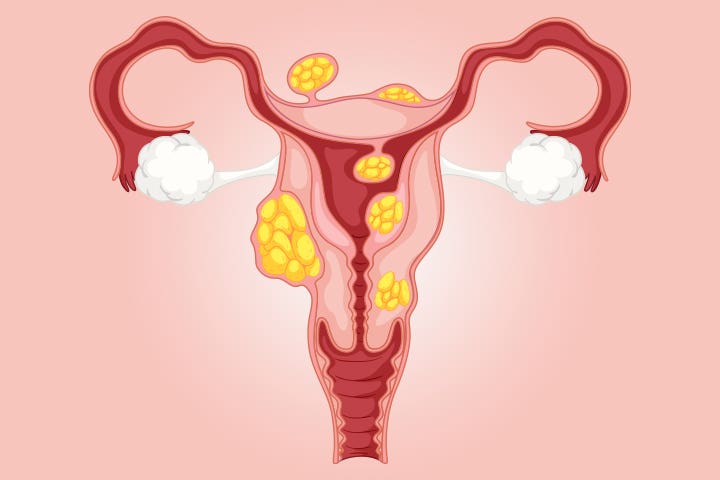A cosmetic dentist focuses on improving a person’s smile in ways that are not necessarily related to their oral health. Cosmetic dentistry has been around for decades, but it has only recently gained popularity. One reason for this is because people can find them easily online rather than trying to go through a phone directory or driving from place to place in search of a dentist. Dr. David Shouhed in Los Angeles, an experienced cosmetic dentist, can help you achieve the smile you want, such as by whitening your teeth or straightening your smile with invisible aligners. If you are looking for a cosmetic dentist in your area, then you should begin by searching Google and reviewing the options that show up. Below are some tips on how to find the best cosmetic dentist.
-
Take Time to Learn More About Cosmetic Dentistry
The more research you do, the better! Not only is it essential to read about what cosmetic dentistry entails, but you should also learn how much it costs. It would be a shame to conduct another search because you found out that the dentist in your area asked for an unreasonable price. There are certainly affordable options, so do not limit yourself to only the most expensive cosmetic dentists.
-
Know What You Want from Cosmetic Dentistry
Although many people choose to go to a cosmetic dentist, others go for simple teeth whitening or Invisalign. That being said, research what you want and see if you can find a dentist who specializes in that. For example, if you’re going to straighten your teeth, then you should opt for an orthodontist rather than a cosmetic dentist who claims they can do it all.
-
Find Out What Experiences Other Patients Have Had with the Dentist
Just as there are many different types of cosmetic dentistry, there are also many kinds of dentists. You may want to consider a general dentist who has had additional cosmetic training or an orthodontist who focuses on teeth straightening. Whichever route you decide to go, you must take the time to read reviews from other patients. These reviews will give you a better idea of what to expect and whether or not the dentist is a good fit for you. It is also helpful to get referrals from friends and family members who have had a good experience with their cosmetic dentist.
-
Take Advantage of Free Consultations
Most reputable cosmetic dentists will offer free consultations so that potential patients can get to know them better and ask any questions they may have. It is always a good idea to take advantage of these and go with an open mind and understand that you can leave if you are uncomfortable.
In summary, finding a cosmetic dentist does not have to be a challenge. Take some time to gather more info about cosmetic dentistry and know what you want from a cosmetic dentist. Also, talk to previous patients to learn about their experiences with a dentist. Schedule an initial consultation where the dentist can answer any questions.









